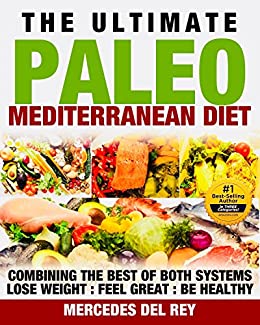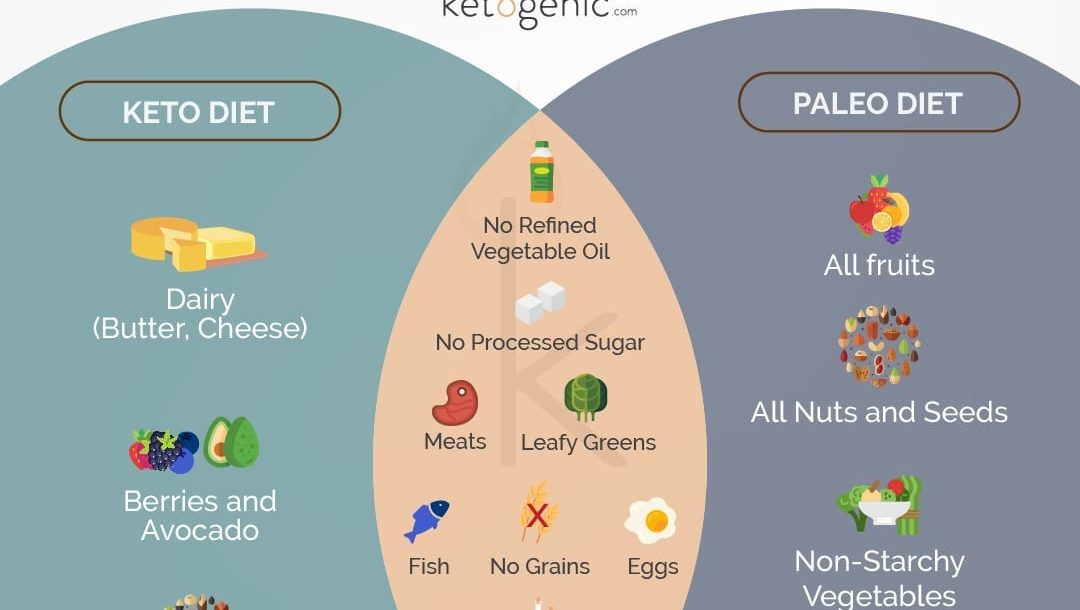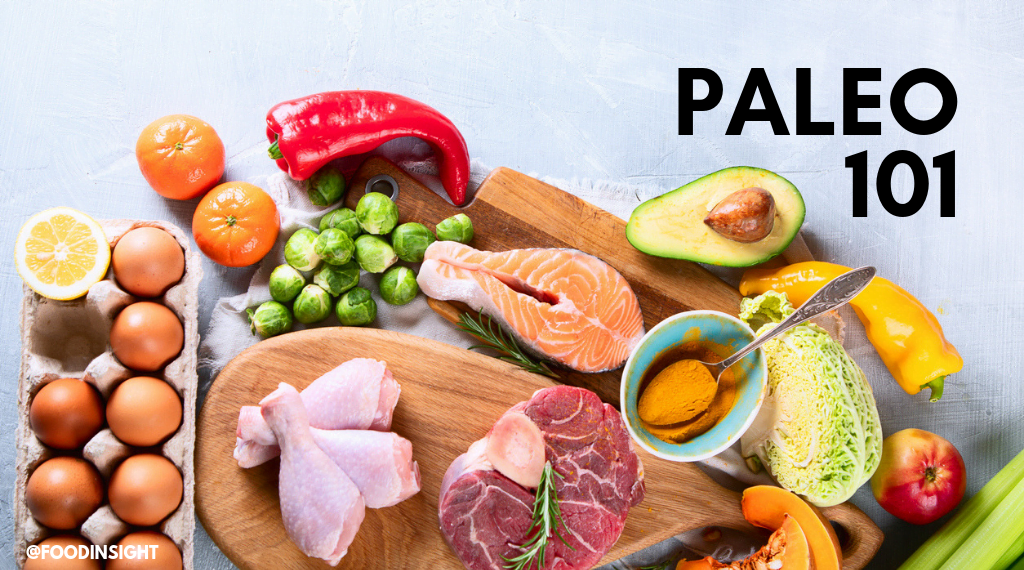
You might be wondering about what to eat while following the Paleo diet. Here's what to eat when following the Paleo diet. A meal plan will be provided to keep you on track for seven consecutive days. Don't forget to keep track of your food intake. Keep a food diary to track your food intake and any changes. You can then de-stress with some exercise.
Paleo-friendly food options
While you may be wondering what to eat on a paleo diet, you should avoid processed foods and sugar. These can have negative effects on your overall health, especially for those with a compromised gut or allergies to gluten and milk. You should also avoid foods that contain trans fats, such as margarine, which is made from vegetable oil. Artificial sweeteners are also a problem.
You should create a list of paleo-friendly foods to shop for if you plan to follow the paleo lifestyle. You'll have a plan to follow and can adjust as needed. Avoid eating high-carbohydrate and high-fat foods during the first week. As snacks, you may also want to eat more fruits & vegetables. But, don't skip meals. You can consult a registered physician or dietitian if sticking to your plan is hard.
A 7-day Paleo Diet Meal Plan

It is important to have a meal plan that covers seven days of a paleo diet in order to follow the program. You can see a sample menu of egg dishes, salads with olive oil, nuts and steaks as well, along with salsa and other vegetables. The plan does not include foods that aren't considered "paleo", "primal" or "primal." There are some exceptions to these guidelines, like avoiding food that is processed in factories.
Eating like a caveman can lead to weight loss and a healthier lifestyle, but you should be aware that there is no one right way to follow the paleo diet. While it can be beneficial, it is important to learn about the diet's basics before committing to it. Paleo, for example, allows you to eat various grains, legumes, dairy and even beans. Be sure to choose a diet you can stick with without too many complications.
A healthy alternative to white potatoes is sweet potato hash, which is served with eggs. This breakfast is full of nutrients and balanced. Sweet potatoes are low-glycemic and provide beta-carotene, which converts into vitamin A in the body. They are also good for energy. You get an energy boost. And since sweet potatoes are lower on the glycemic index, they will improve your memory and focus.
While on a paleo diet, keep a food log
It's important to accurately measure food for the first few weeks. A food scale may be a great investment for someone who has never kept one before. However, a cheap Target food scale will work just fine. You can eyeball portions. To be more exact, a 3 ounce serving of protein is approximately equivalent to a deck. A two-tablespoon spoon of nut butter is roughly the same size as a pingpong ball. If you're using chicken or other food items like chicken, make sure to write down exactly how much chicken you used.

Paleo's benefits depend on each person's personal preferences. People who are addicted to carbs will find it difficult. This diet is great for meat-lovers. To determine if a diet paleo is right for you, it is crucial to examine your food intake. You may find that you don't need to cut out all grains or all dairy products, or you may find that you don't need a certain amount of each.
A paleo diet leads to weight loss
A paleolithic diet may result in weight loss, but it's not a magic wand. You must adhere to the diet, do enough physical activity, and ensure that you are getting adequate amounts of calcium and other nutrients. The diet consists mainly of whole, unprocessed food. This means that you should avoid dairy products and grains. But, calcium can be found in foods such as salmon or spinach. Ask a registered nutritionist about your individual needs.
The Paleo diet has some negative side effects, like flu-like symptoms and constipation. The body converts fat into ketones, which then are used by the cells to provide energy. This causes constipation and nausea as well as bad breath. The low-carb diet could also impact your sleep and digestion. Negative effects of Paleo include constipation, nausea, and bad breath.
FAQ
Do I have to buy ingredients in order to cook?
You don't necessarily need to buy any ingredients. Most grocery stores sell premade sauces and other items you can use as substitutes. However, if you want to save money, then buying pre-made meals can be helpful.
What skills will I need to be able to go to culinary school?
A chef's job requires you to be able cook well under pressure and understand food safety regulations. For a basic understanding of cooking, it is advisable to enroll in cooking classes at the local high schools or community colleges. After you have learned the basics, you can apply for jobs in a restaurant or catering business.
Where can I find online cooking classes for free?
You can find free cooking lessons on many websites. You can search YouTube for videos that teach you how to prepare different meals. You can find thousands of recipes on certain websites. While you may have to pay a monthly charge, these websites allow you to try out the recipes for 30 days for no cost.
What's the difference between a professional chef and an amateur cook?
A chef cooks for others. A cook prepares food for himself or herself. While both jobs involve the preparation of food, a chef interacts directly with his customers. They may need to make decisions about what they will serve to their guests based upon their preferences. A cook does not interact with customers. Instead, he or she ensures that the food tastes good before serving it to anyone.
Statistics
- The median pay for a chef or head cook is $53,380 per year or $25.66/hour, according to the U.S. Bureau of Labor Statistics (BLS). (learnhowtobecome.org)
- According to the BLS, chefs earn $58,740 a year. (learnhowtobecome.org)
- On average, chefs earn $58,740 a year, according to the BLS. - learnhowtobecome.org
External Links
How To
How to become a chef
The career of chef is one of most rewarding. It takes a lot to be able to do this job well. There are many options for those who want to work immediately. You can choose to work at restaurants or in catering companies. These helpful tips can help you make an informed decision about becoming a chef.
-
Learn to cook! Everybody should learn to cook once in their lifetime. It doesn't matter if your knowledge of food is limited, you can learn how to make it. There are many recipes online that are simple to follow. The only thing you need to remember is that you shouldn't rush yourself when learning new things. Take your time and enjoy every step of the process.
-
You should get a degree in culinary arts
If you wish to become a professional chef, a culinary arts degree might be the right choice. This way, you will be able to develop your own style and taste while gaining valuable knowledge. Culinary schools offer courses in baking, pastry making and meat cutting. They require students to take classes for several year before they graduate. However, if you really wish to become a chef you need to think twice about choosing any school.
-
Work in a restaurant
Working in a restaurant is probably the easiest way to enter the world of chefs. Many people start out as chefs because they get hands-on experience. Restaurants are always looking for qualified staff, particularly those who have experience in other areas. Look for work in restaurants if your goal is to become a chef.